Let’s delve into the backstory of, and poke a little fun at, the names of some of the top companies in America. I promise you that you’ll never think the same of at least a couple of them, especially the last one on the list.
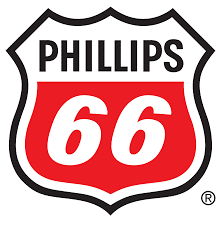
Phillips 66: Thank goodness they stopped with two six’s or the company would have been damned before it could launch. With curiosity stirred about the meaning of the two sixes, here’s what I found. In 1917, brothers Frank and L.E. Phillips founded the company, Phillips Petroleum Company. Their father immigrated from Lithuania (part of Russia at that time) in 1900 and the following year, his wife and their children also immigrated. Of note, when the wife and children immigrated, son L.E. born in 1899, was two years old. In 1917 when the brothers began their petroleum business, L.E. was only 18 years old. Thanks to the discovery of oil in Texas and Kansas, by 1925 the brother’s company established itself as the number one producer of liquid gas in America. To prove the worthiness of its gasoline, they performed a test drive on the newly opened Highway 66. The car reached 66 mph. Not only did the board approve changing the company name to “Phillips 66,” on their new logo they featured the Highway 66 sign with the Phillips name, of course, above the numbers.
Tidbits: The first Phillips 66 gas station located in Wichita, Kansas remains standing thanks to its designation as a historical site. Also, Pauline Phillips, known for years as Dear Abby, was married to L.E.’s nephew, Morton.
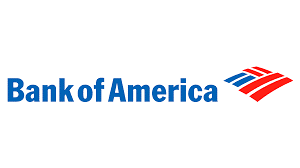
Bank of America: Tired of the discrimination his fellow Italian immigrants faced in their new country, in 1904 Amadeo Pietro Giannini opened his company, "Bank of Italy," in San Francisco. Yes, the original name of Bank of America was Bank of Italy. Giannini later changed the name to “Bank of America and Italy” after acquiring Bank of America in 1928. It’s noteworthy that although Giannini retained “Italy” in the bank’s name, America got top billing and possibly an indication of Giannini’s growing vision of banking domination. The name later changed to BankAmerica. After NationsBank acquired BankAmerica, Bank of America as we know it today stands among the top investment banks in the world, more than fulfilling Giannini’s prophetic name choice.
Tidbit: Bank of America established Merrill Lynch for asset management. Also, Massachusetts Bank, a franchise of the original Bank of America that Gianninni purchased, was established in 1784 and was the second bank in America to be chartered.
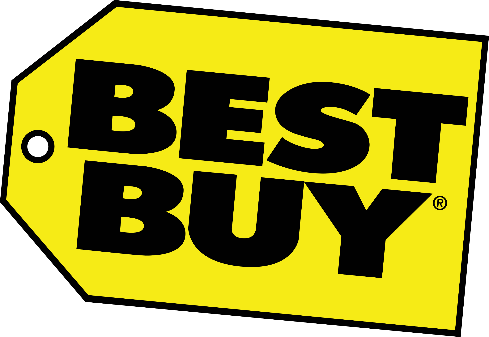
Best Buy: Although this company’s name and price tag logo yells consumerism, let’s look at the rest of the story. The founders began their store in 1966. Because they specialized in audio equipment, they named their new business, “The Sound of Music.” The store drifted along growing in size and number of stores and employees until 1981 when a tornado slammed into the company’s biggest store. It ripped off the roof and destroyed the showroom. If the stockroom had been leveled, we would not have this company today. The bosses and employees banded together and cleaned what they could salvage. To recoup at least a portion of their losses they held a sale in a trailer in the parking lot six days after the tornado. The owners decided to include out of date products and display stock with the sale – anything with potential marketability. Think audio flea market but with new and slightly damaged equipment. They called the sale, “Best Buy.” During the sale, the owners noted the intensity of customers handling things that, before the tornado, buyers could see only in boxes or as demo models. They sold everything. After that, not only did the company change its name to Best Buy, they filled storerooms with products people could touch and eliminated salespeople on commissions. Their concept set a precedent proving that it is less stressful to shop when there’s no pressure from a salesperson on commission and how hard it is to walk away from something you touch rather than just viewing it in a box.
Tidbit: To open The Sound of Music, one of the original owners invested his savings and took out a second mortgage on his home. Also, several companies – Whirlpool, Sony and Maytag – protested the elimination of commissioned salespeople and pulled their products. They’ve since returned to doing business with Best Buy.

Samsung: This one got me wondering who is Sam and what did he sing? Then I guessed that the founder attached his name to the business. Sounds logical, right? Truth is the original owner’s name is not Samsung but Lee Byung-chull, born in Korea where the Korean hanja word Samsung translates to “three stars.” In Korean hanja the word “three” represents the concepts of big, numerous and powerful. (As an aside, numbers in the Bible also have meaning such as the number seven representing complete, three means perfection.) Byung-chull chose to include the word “stars” meaning “eternal” in the name of his new company. The literal translation, then, of Samsung is “powerful forever.” I am old enough to remember when products marketed under the Samsung name meant low prices but also not-so-great quality. To remedy the poor quality of their products, in 1995, then chairman Lee Kun Hee gathered 2,000 employees together to witness the destruction of 150,000 phones and fax machines, a dramatic but effective way to instill in them the days of poor-quality equipment were gone.
Tidbit: Today, Samsung produces more than one out of four smartphones on the market, second only to Apple.
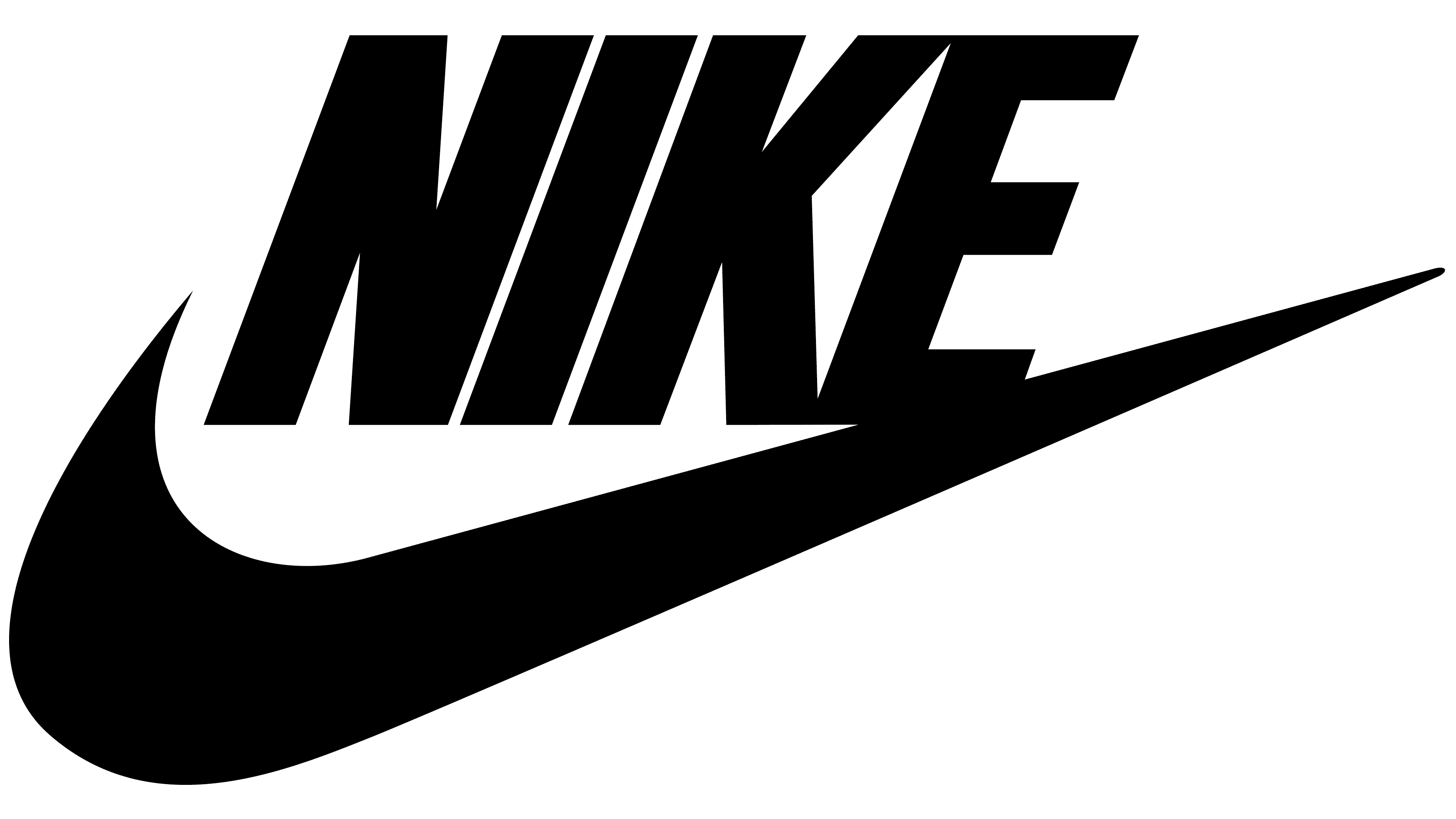
Nike: I lived in Japan for a couple years and learned basics of the language. Unlike English, where vowels have short and long sounds, in Japan, vowels have only one sound. For example, the letter I is pronounced, “ee.” Anytime you see an I, there is no short or long sound; it is always pronounced “ee.” Rules like that made it easier to learn the language. If we said Nike according to common English rules, we’d say, “Nik” with a long i sound. That’s what made it interesting enough to make the list. For years, Americans struggled with the correct pronunciation. Although established in 1964, on its 50th birthday in 2014, Nike chairman Phillip Knight received a letter with two phonetics of the name – Ni-key and Ni-ke – requesting that he circle the correct pronunciation. He circled Ni-key. Now, where did the name originate? In Greek mythology, Nike was a goddess prayed to and worshipped when asking for victory over an opponent, whether on the field, court or games. It is said that the Nike logo represents the wing of the goddess for whom the company is named.
Tidbit: Goddess Nike in Latin is Goddess Victoria. From Victoria, we get the English word, victory. Also, the original founders of Nike were Bill Bowerman, a track and field coach at the University of Oregon and Phillip Knight (mentioned above who circled the correct pronunciation), was a student of Bill Bowerman.

Honeywell: There are so many ways to play with the name of this company but the first one that came to my mind was, well, risqué. Right? Just put an extra “’s” in the middle of the two words. Wait, it gets worse. The way, way back founder of the company named his new business The Butz Thermo-Electric Regulator Company. You can’t make this stuff up. His name was Albert Butz. In 1885 he invented what later came to be called a “thermostat,” but he called a “damper flapper.” At that time, homes were heated with coal and Butz’s invention enabled home owners to regulate the temperature in their homes. Long story short, through the years the company changed ownership, stocks and patents until, in 1906, Mark Honeywell acquired the company to market his invention, the mercury seal generator.
Tidbit: Approached by the military, in 1941 Honeywell developed among other things the C-1 autopilot. The military used the remarkably precise C-1 autopilot to drop atomic bombs on Japan.
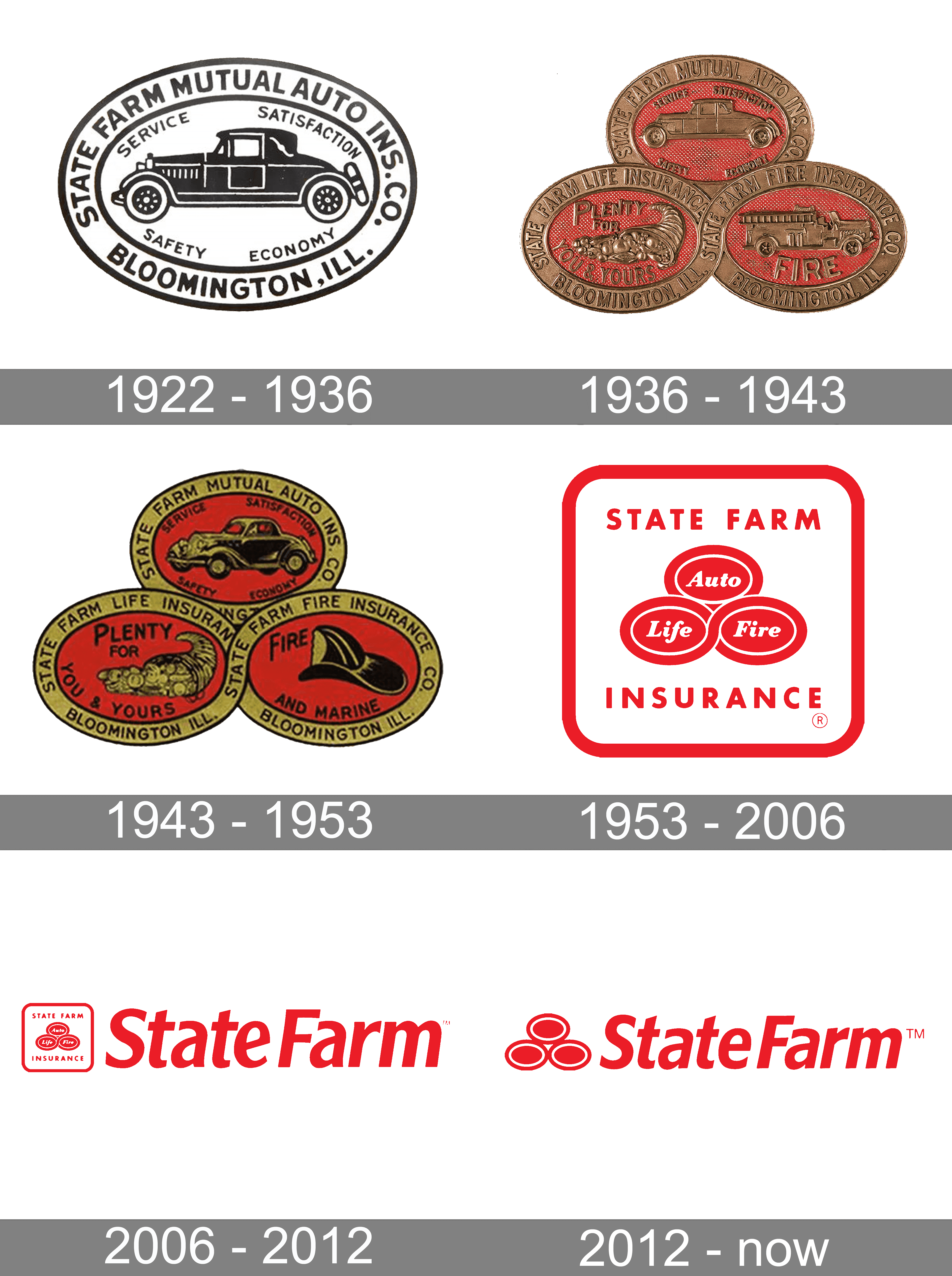
State Farm: Following my trajectory so far, think about those two words – State and farm. Nothing in them says insurance but we know as soon as we hear it mentioned that those two words represent America’s largest insurance firm. But which state? Did it generically refer to any and all of the states? There aren’t enough farmers in America to warrant putting the word “farm” in the company name. Or perhaps there was a place referred to as the states farm, as in turn left at the corn field, go apiece, hang a right on the dirt road and that’s where you’ll find state farm. The real story does dovetail into that idea. In 1922, George Mecherle, who was an Illinois farmer for most of his life switched careers and started selling insurance after his wife became ill. After George took that job, three important things took place: 1. He didn’t stay long at the insurance company; 2. He stayed long enough to learn a thing or two about insurance; 3. He targeted fellow farmers as potential customers. His new business name was a mouthful, “State Farm Mutual Automobile Insurance Company.” All this to say that State Farm really did originally represent one state, Illinois, and like a good neighbor its roots run as deep as a cornfield.
Tidbit: To reach a goal of one million subscribers, in 1935 the company literally supported its agents with posture chairs enabling them comfort while they sat at desks securing new business. It worked. The company was once sued for having too big of a cash reserve. Although the three red forms in the current logo are said to possibly represent eggs, from an earlier logo its easy to see they represented the company’s three main industries – auto, life and fire.
And last on the list….

Microsoft: Once again, please think about the two words that make up this company’s name: Micro. Soft. Serious. Wouldn’t you think a more appropriate name would be Macrohard? Jokes aside, the truth is boring. They took “micro” from microcomputers and “soft” from software.
I like my version better.

